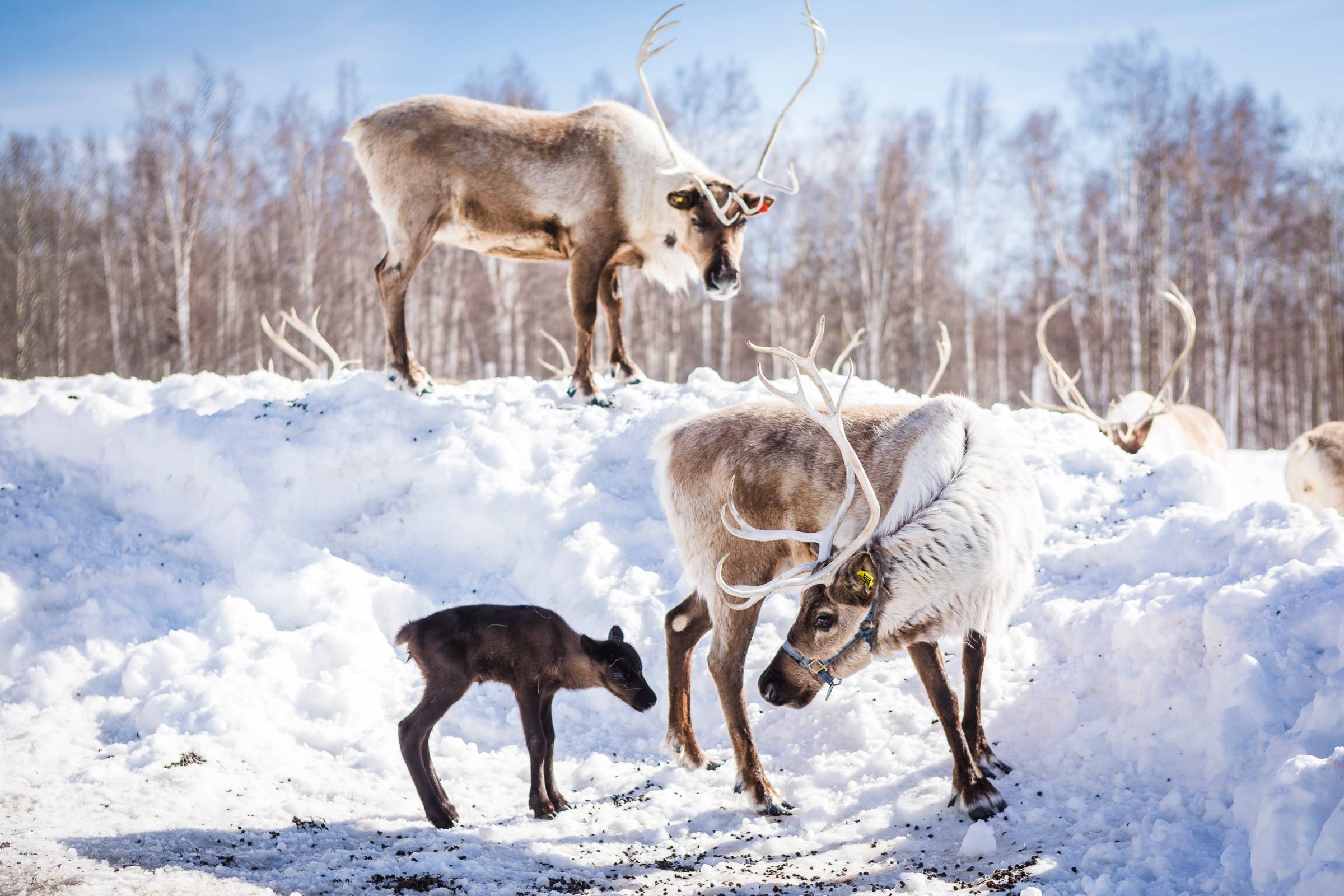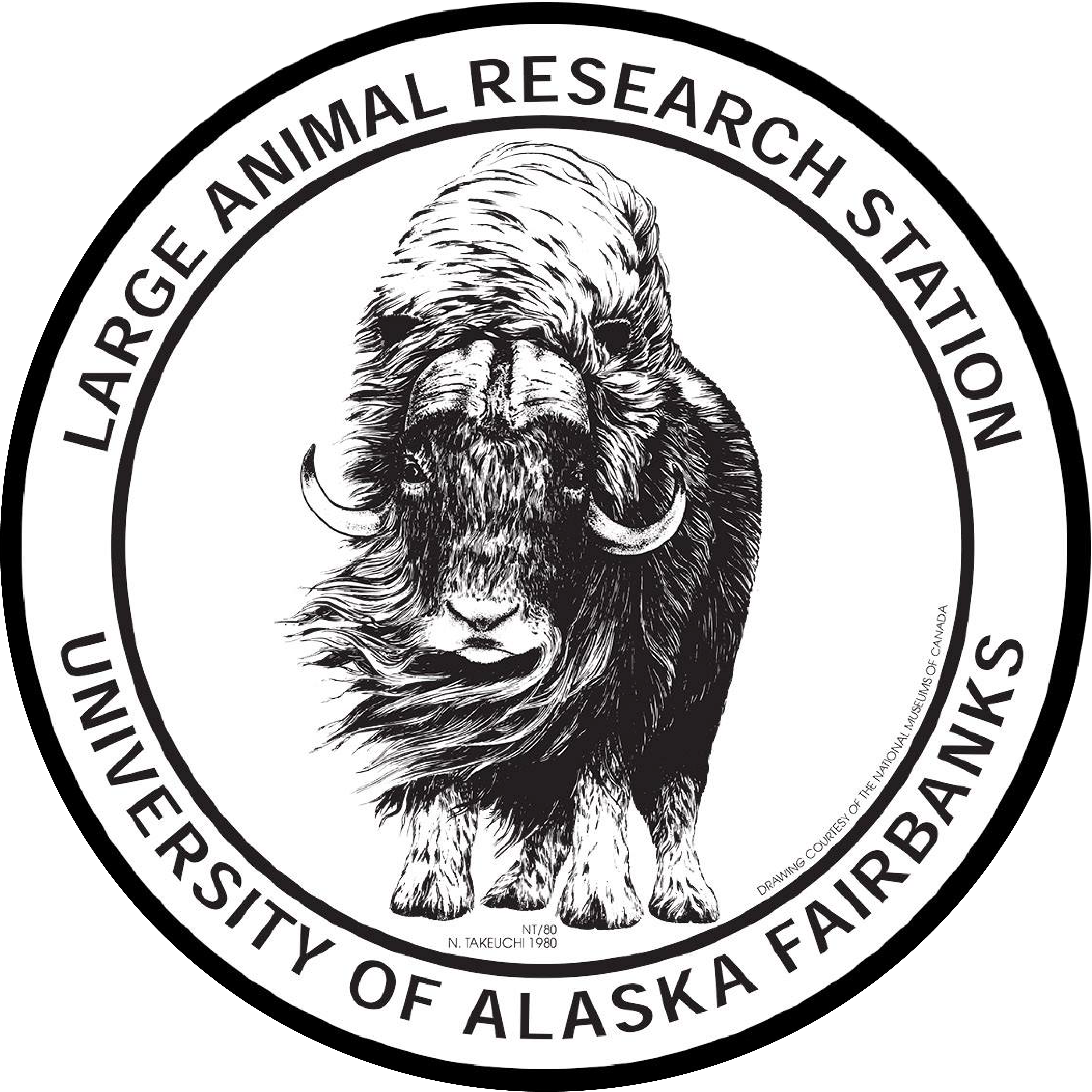History
The Robert G. White Large Animal Research Station (LARS) of the University of Alaska Fairbanks was created in 1979. The 134 acres comprising LARS was the original homestead of the Yankovich family, who deeded the land to the University of Alaska in October 1963. In 1964, a muskox herd was established with 33 animals obtained from Nunivak Island by John Teal to begin the muskox domestication project.

This project was moved to Unalakleet in 1974, but is now established at The Muskox Farm in Palmer, AK under the direction of the Musk Ox Development Corporation. Research on muskoxen in Fairbanks resumed in 1979 with the award of a grant from the National Science Foundation to commission the Large Animal Research Station. The current muskox colony was formed with 16 muskoxen captured from Nunivak Island in 1979. Caribou and domestic reindeer were added soon after from herds in Alaska.

The large reserve, composed of a mix of open pasture and boreal forest, provides ideal
conditions for these herds of arctic ungulates. The original mission of LARS was to
investigate the adaptations of large arctic mammals to their northern environment.
Early research emphasized comparative nutrition and reproductive physiology, endocrine
control, behavior, energetics, genetics, and wildlife disease. Current research continues
to combine fundamental biology with applications for wildlife management and economic
interests of the state. To date 13 Ph.D. and 13 M.S. students have conducted research
at the
station to produce over 100 scientific publications and reports.

The station serves as an educational and outreach facility as well, providing a means of introducing primary and advanced students to wildlife research. Many UAF instructors incorporate visits to the station in their courses, and each year thousands of people enjoy a summer tour of the facility.



